|
|
|
|
A promising startIn terms of traffic, the Regent's Canal seemed to be a success, carrying nearly 195,000 tons of goods in its first year rising to 495,000 tons a year by 1829 and 625,000 a year tons by 1834. But it had been expensive to build and the canal company experienced problems repaying its Government loan. It achieved this in 1829 by selling new shares at a 75% discount. How the canal was used.In the early days barges were pulled by horses along all stretches of the canal apart from the Maida Hill and Islington tunnels. In the tunnels, the barges were "legged" through using human muscle power. But this caused bottlenecks and in 1826 a steam chain tug was introduced at Islington Tunnel.In 1847 towing became the responsibility of the Regent's Canal Company, which provided its own horses and added a charge for this service to its tolls. |
|
Special Features of the Regent's CanalOne of the latest canals to be constructed, it was built to a higher standard than most of its predecessors. The canal drops 86 feet (26 metres) in its descent from Little Venice to Limehouse Basin. This is achieved via twelve locks and there is an additional ship lock at Limehouse Basin that gives access to the tidal River Thames. The locks were built in pairs so that one boat could ascend while another descended. This saved time and also water, since as one lock emptied, half its water could be used to fill the other lock. Saving water was important because it took 56,000 gallons (250 cubic metres) to fill a lock. Sluices called paddles controlled the water flow and were operated by hand. The lock gates were swung open with balance beams, which on the Regent's Canal were of heaby cast iron rather than the usual timber. Water supply was always a great concern to the canal company and it had to rely on several sources. Limited amounts of water were obtained from the Grand Junction Canal and some was pumped back from the River Thames at Limehouse. A reservoir was also built on the River Brent at Hendon in 1835 and enlarged in 1852 (or 1854?), with a large earthen dam. |
|
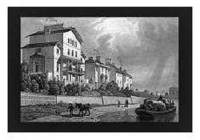
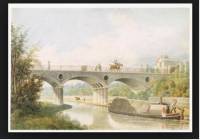
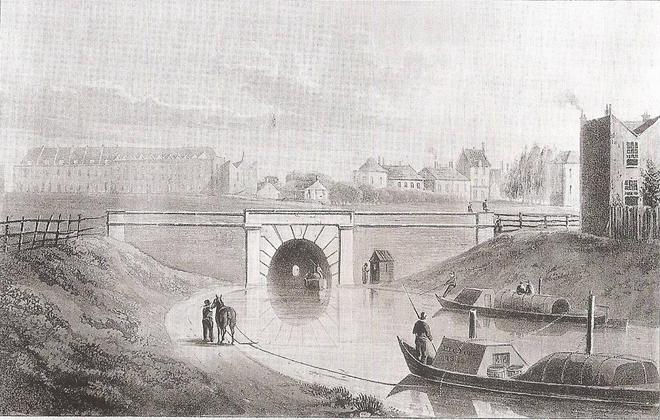
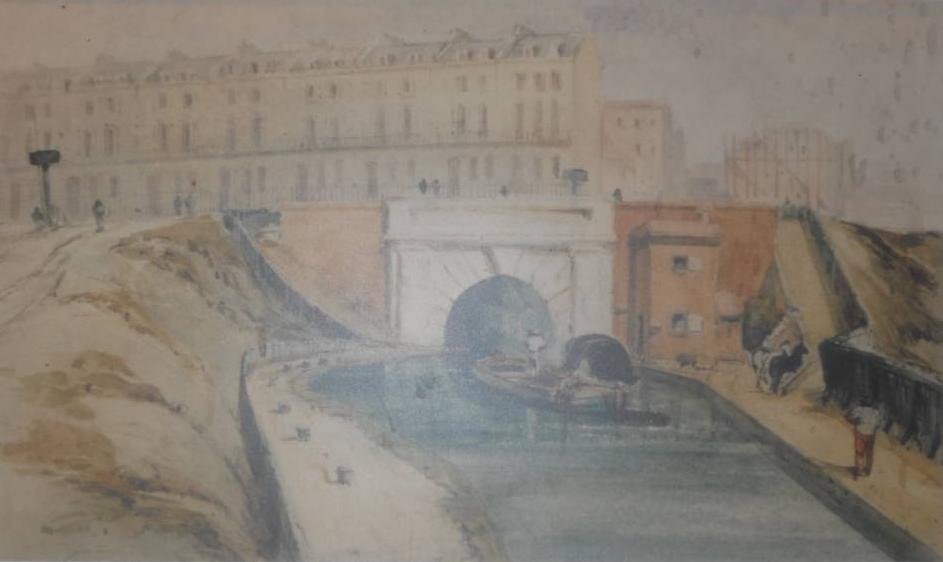
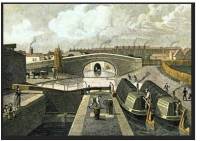
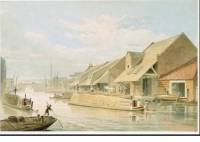
|
|
|
|
|
|
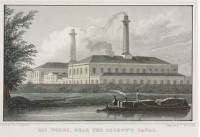
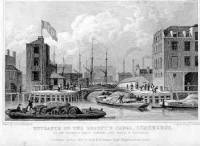
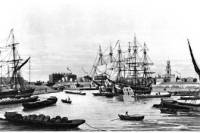
|
|
Basins and WharfsBATTLEBRIDGE BASIN First used in 1822, the basin was originally called Horsfall Basin after William Horsfall who had built it on land that he owned. The basin was an industrial hub withy many surrounding businesses using canal transport. In the 1800s there were mainly open wharves and yards around the basin, but around 1900 factories started to crowd the area. CITY ROAD BASIN |
|
Map of camden town (1827) 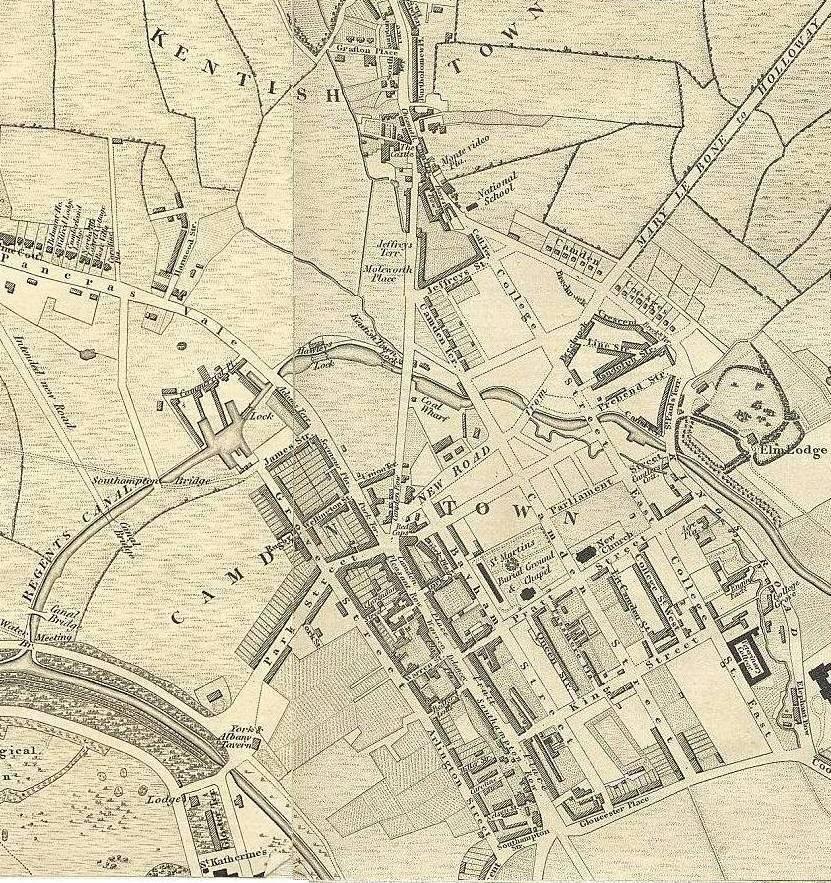
|
|
|
|